Protists (BIO 106)
1/21
There's no tags or description
Looks like no tags are added yet.
Name | Mastery | Learn | Test | Matching | Spaced |
|---|
No study sessions yet.
22 Terms
Supergroup Excavata
“Excavated” geeding grooves, single cell, asexual reproduction
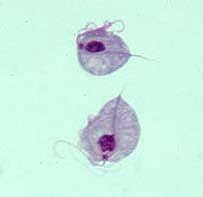
Clade Parabasilids
Excavata, live inside animals
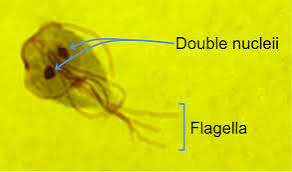
Clade Diplomonads
Excavata, 2 nuclei and 8 flagella, many parasites
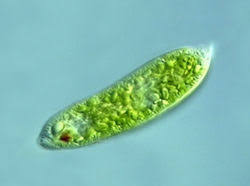
Clade Eugleozoans
Excavata, predatory heterotrophs, photosynthetic autotrophs, parasites, rod with a spiral or crystalline structure inside flagella
Supergroup Stramenopiles (SAR)
Distinctive hallow “hairs” on flagella at some point during life cycle
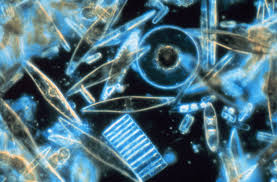
Clade Diatoms
Stramenopiles, glass cell walls made of silica, photosynthetic plan ton
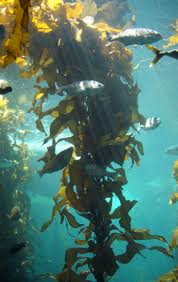
Clade Brown Algae
Stramenopiles, photosynthetic, multicellular, sessile, contains brown pigment, alternation of generations
Supergroup Alveolates (SAR)
Single celled, possess alveoli under plasma membranes (structural support)
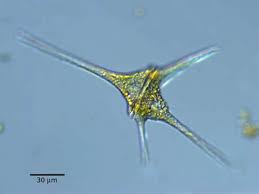
Clade Dinoflagellates
Alveolates, photosynthetic, coral endosymbionts, two perpendicular flagella
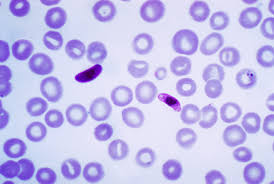
Clade Apicomplexa
Alveolates, intracellular parasites

Clade Ciliates
Alveolates, covered in cilia, posses both macro and micronucleus
Supergroup Rhizarians (SAR)
Lack cell walls, long slender pseudopodia
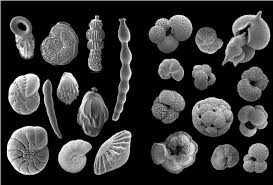
Clade Forams
Rhizarians, elaborate shells with holes for pseudopodia, shell forms limestone deposits
Supergroup Archaeplastida
Chloroplasts with double membranes
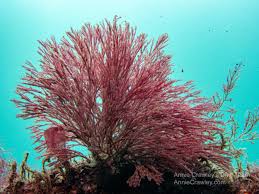
Clade Red Algae
Archaeplastida, large amounts of red pigment, becomes encrusted with calcium carbonate on coral reefs
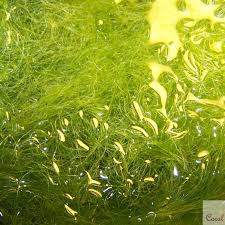
Clade Green Algae
Archaeplastida, ancestor of land plants, contain chlorophyll, unicellular, colonial, multicellular, freshwater or marine
Supergroup Unikonta
Lack cell walls
Group Amoebozoans (Unikonta)
Lack cell walls, have pseudopodia
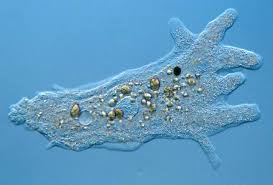
Clade Tubulinids
Unikonta, move by amoebic movement, engulf food (Amoebozoans)

Clade Slime Molds
Unikonta, decomposersr, one huge cell with many nuclei (Amoebozoans)
Group Opisthokonts (Unikonta)
Reproductive cells have single flagellum at base
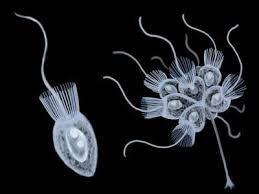
Clade Choanoflagellates
Unikonta, unicellular and colonial flagellates (Opisthokonts)